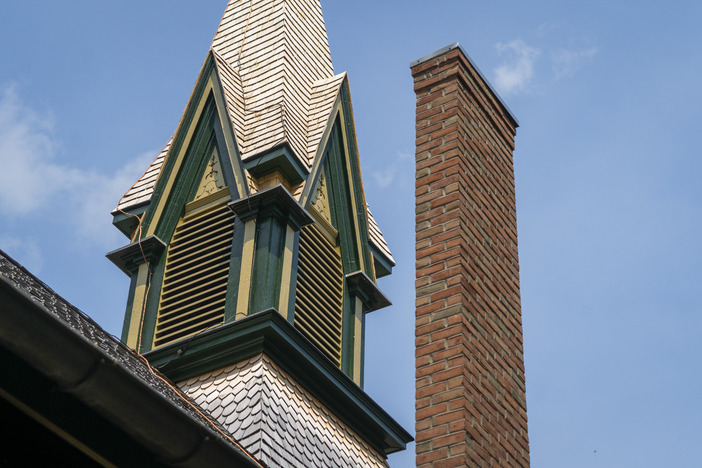
Spotlight on
Thompson Memorial A.M.E. Zion Church
history of freedom-seekers and their journey to liberation
Harriet Tubman’s chosen hometown of Cayuga County is home to landmarks that hold historical significance and connections to the Underground Railroad. It’s a wonderful opportunity to learn the history of freedom-seekers and their journey to liberation via support and shelter from abolitionists and allies. Historical accounts, documentation and preserved artifacts have put into focus the plight, courage and sheer determination these individuals played in helping freedom-seekers obtain their human rights of a life unchained and without suffering.
As we approach International Underground Railroad Month in September, we are reminded to remember this history. It is important to continue lifting up the stories that are connected to the work accomplished by abolitionists.
Places to explore Underground Railroad Connections
The Seward House Museum and the Howland Stone Store Museum are two locations in Cayuga County where visitors can immerse themselves in this history.
The Thompson Memorial African Methodist Episcopal Zion Church – which reopened June 22, 2024 after an extensive restoration – is another.
The Church was involved in the Anti-Slavery movement, with several congregation members serving as Underground Railroad activists. With churches, notably, being important locations for freedom-seekers to seek shelter and protection, there’s no doubt that this was an important “station” on the Underground Railroad.
Harriet Tubman helped fund the construction of this church, and she would attend services there for 22 years until her passing. Her funeral services were also held at the Church in 1913.
After two years of restoration – to both the Church and its parsonage, visitors today can #LiveLikeHarriet and see the A.M.E. Zion Church for themselves – walking in her footsteps while adding to their knowledge of her story and the significance of the Underground Railroad.



As you plan your visit, here are some highlights of the restoration project:
- The Church will serve as the visitor-contact station for the Harriet Tubman National Historic Park, which is comprised of the Church and its parsonage, and the Harriet Tubman Home.
- Visitors to the Church will see new exhibits that highlight its history, as well as Harriet Tubman’s life in Auburn, immersing themselves in a place she once stood while gaining a deeper knowledge of her life and the region.
- Notable changes made to the Church include chimney reconstruction, window replacement on the parsonage building, archeological excavation, installation of the church steeple and painting on the exterior of the church. You can find more information about the project, as well as photos, videos and before-and-after interactives on the National Park Service website, demonstrating how the work was done with care and respect for the integrity and historical significance of the building.
- Both the Church and parsonage are open on Fridays and Saturdays throughout the tourism season and will close for the winter, with additional hours and programming to begin in summer 2025 after a grand opening celebration. Keep an eye on our website and social media channels for updates!
Click here to learn more about Harriet Tubman and her amazing life!
Photo Credits: National Park Service